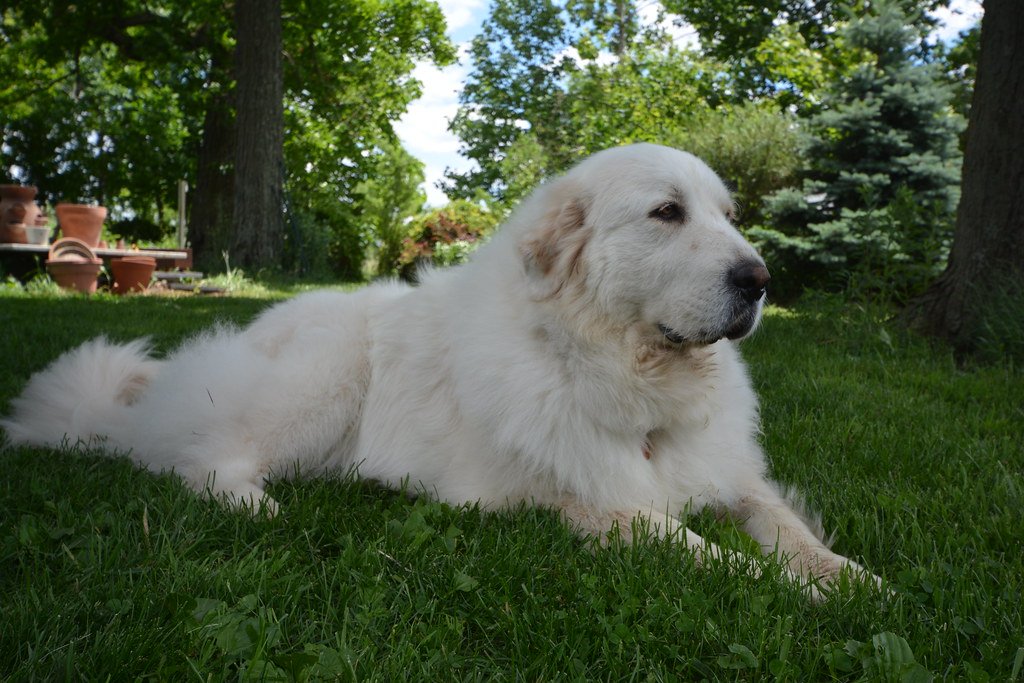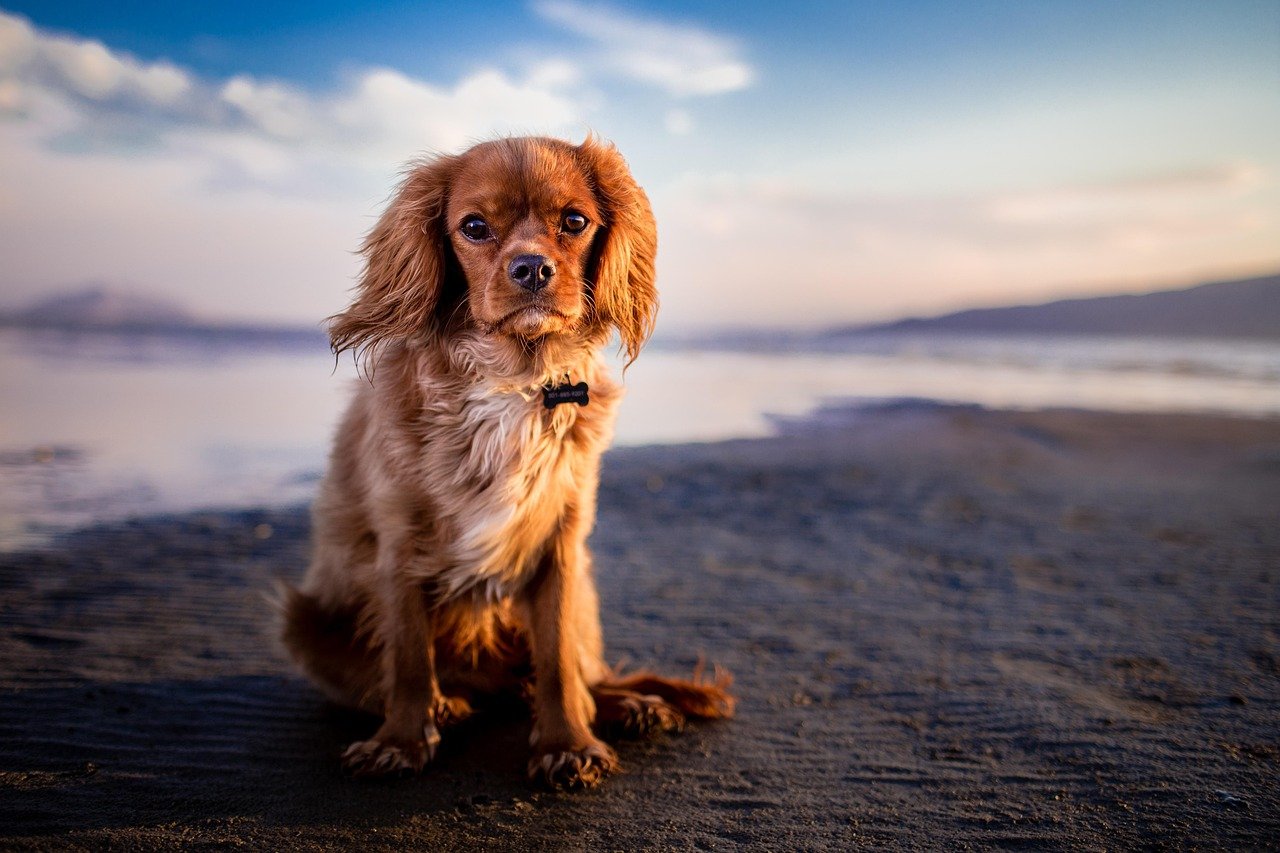Have you ever dreamed of sharing paradise with your four-legged best friend? Imagine salty breezes, sun-kissed beaches, and lush hiking trails — all waiting for you and your dog in Hawaii. But don’t let the postcard-perfect views fool you; living with a dog in the islands comes with some surprising challenges and heartwarming rewards. Whether you’re a new resident or a lifelong kamaʻāina, these five essential tips will make sure your pup thrives under the Hawaiian sun. Because in Hawaii, “ohana” means nobody gets left behind — and that includes your dog!
Protect Your Dog From The Heat And Sun

Hawaii’s tropical climate is a feast for the senses, but it can be tough on dogs. The combination of warm temperatures and powerful sun rays can lead to overheating, dehydration, or even painful sunburns, especially for dogs with light-colored fur or sensitive skin. It’s surprising how quickly the pavement heats up — a walk at midday can burn your pup’s paws in just minutes. Always check the ground with your hand before heading out, and try to walk your dog early in the morning or later in the evening when it’s cooler.
Don’t forget the importance of shade and fresh water. Carry a portable bowl and offer water often, even if your dog doesn’t seem thirsty. If your dog loves the beach, keep an eye on their skin and consider a pet-safe sunscreen for exposed areas like noses and ears. A shady spot under a palm tree or a beach umbrella isn’t just a luxury — it’s essential. These simple steps can make all the difference between a happy island adventure and a trip to the vet.
Be Mindful Of Local Wildlife And Plants
Hawaii is a wonderland of unique wildlife and lush vegetation — but not all of it is safe for your dog. The islands are home to creatures like cane toads, centipedes, and even wild pigs, all of which can pose risks to curious pups. Some locals have heartbreaking stories of dogs being harmed by toads or bitten by centipedes during a nighttime stroll. Always keep your dog on a leash, especially in unfamiliar or rural areas, to prevent any unwanted encounters.
Certain plants and flowers, though beautiful, are toxic to dogs. Plumeria, ti leaves, and some types of lilies can make your dog seriously ill if ingested. Regularly inspect your yard and remove any hazardous plants, and teach your dog a strong “leave it” command for those tempting roadside blooms. Being aware of your surroundings and educating yourself about local dangers is the best way to keep island adventures safe and joyful for both you and your dog.
Understand Hawaii’s Pet Quarantine And Health Requirements
Moving to Hawaii with a dog isn’t as simple as hopping on a plane. Because Hawaii is rabies-free, the state has strict quarantine laws to keep it that way. The rules can seem overwhelming: rabies vaccinations, microchipping, blood tests, and lots of paperwork. Planning ahead is absolutely crucial. If you miss a step, your dog could face a lengthy and stressful quarantine upon arrival — not exactly the aloha you’d hoped for.
Even for local dog owners, staying up-to-date on vaccinations and preventative care is a must. Hawaii’s year-round warmth means fleas, ticks, and heartworm are always a concern. Regular vet visits, monthly preventatives, and keeping records handy help protect your dog from avoidable illnesses. Following the rules might feel like a hassle, but it’s all about keeping Hawaii’s animals (and your furry friend) healthy and safe.
Respect Local Culture And Community Spaces
In Hawaii, respect for others — “aloha ʻāina” and “aloha kekahi i kekahi” — is at the heart of daily life. This extends to how we treat our pets in public and shared spaces. Not every beach or park is dog-friendly, and some places require special permits or have designated on-leash areas. It’s tempting to let your dog run free, but following posted rules shows respect for the land and your neighbors.
Always clean up after your dog, no matter where you are. Leaving waste behind isn’t just rude; it can harm the environment and upset local wildlife. Many communities provide waste bags and bins, so there’s no excuse. Getting involved with local dog groups or volunteering for beach clean-ups can also help you connect with other dog lovers and learn about the best spots for pups. In Hawaii, being a responsible owner means treating every outing as a chance to show a little extra aloha.
Embrace The Island Lifestyle With Your Dog

One of the best things about living in Hawaii is how much there is to explore — and your dog can be your ultimate adventure buddy. From gentle hikes in the mountains to dips in the ocean and dog-friendly events, island life is full of opportunities to bond. Some dogs even learn to paddleboard or surf alongside their owners! The key is to start slow and always pay attention to your dog’s comfort and safety.
Living in Hawaii isn’t just about adapting to the weather or the rules; it’s about embracing a lifestyle that celebrates connection, nature, and joy. Make time for new experiences, try out local treats (like sweet potato or poi dog snacks), and savor the simple moments with your pup. Whether you’re watching a golden sunset or wandering through a fragrant plumeria grove, sharing Hawaii with your dog is a memory in the making.





